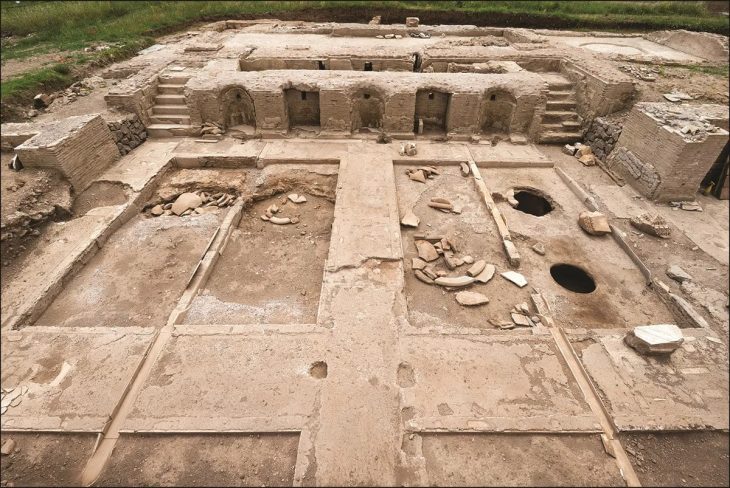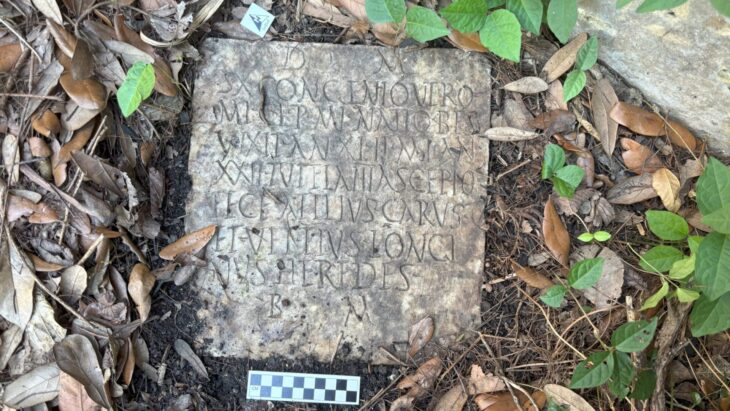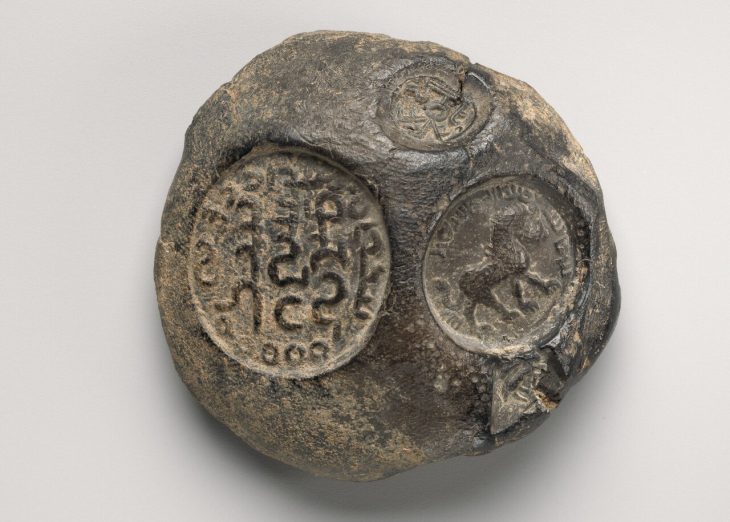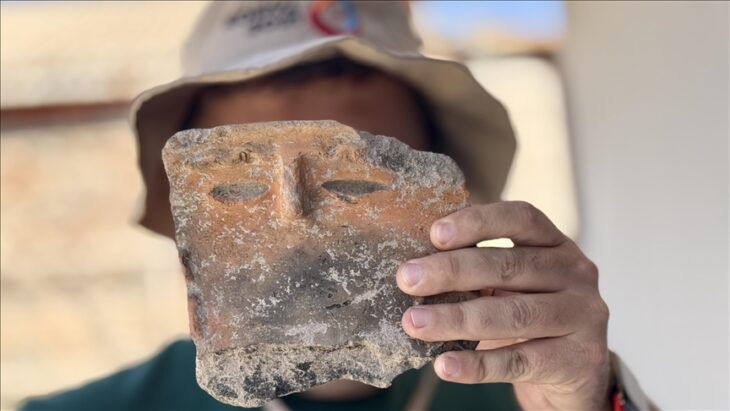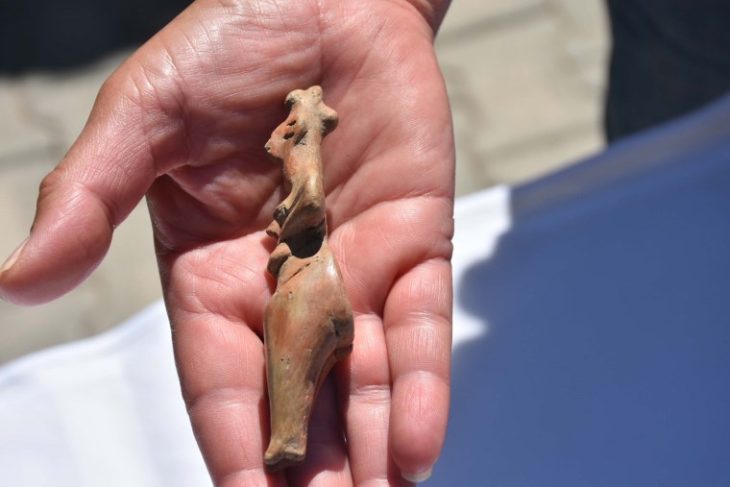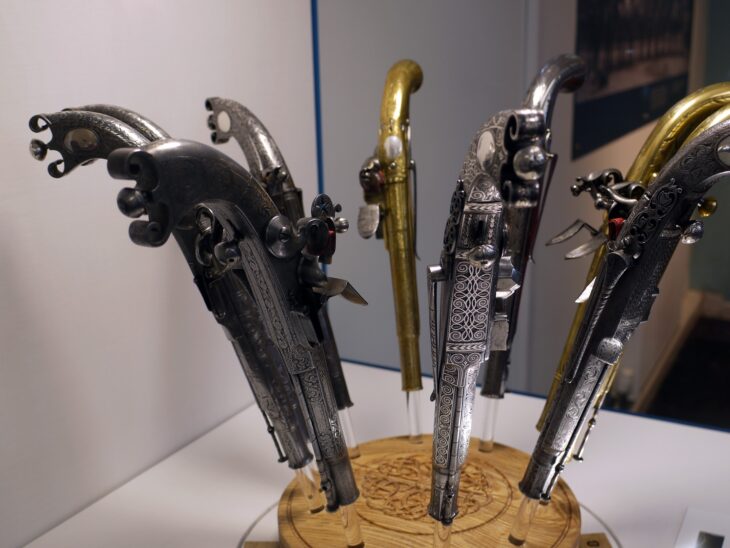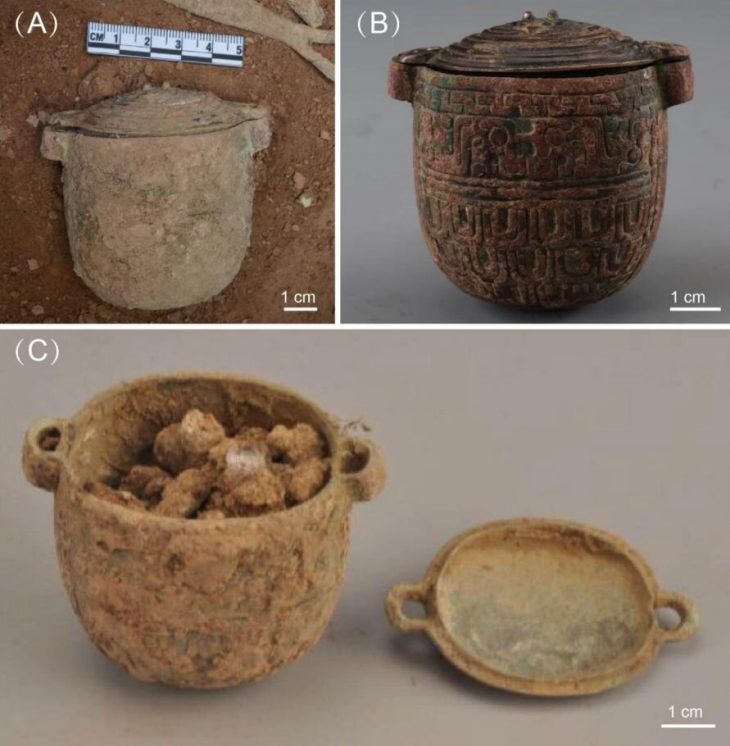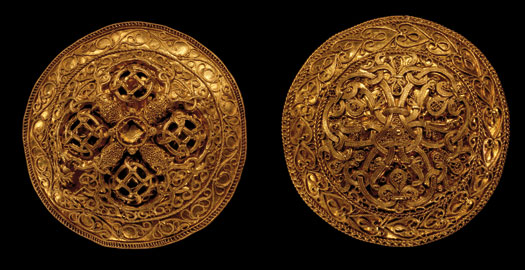A 1700-year-old shipwreck was discovered during maritime police training dives in the province of Yalova, located on the east coast of the Sea of Marmara, in northwest Turkey.
In the Yalova, Phrygians in 1200 BC, In 700 BC years, the Bithynes became dominant. The region, which came under the rule of the Roman people in 74 BC. When Rome was divided into two in 395, Yalova remained within the borders of eastern Rome. Today’s Yalova hot springs have an important place in history. It is known that Termal had a great reputation as a resting and treatment place for the emperors in the Byzantine period.
The discovery was found about 200 meters from the shores of Yalova. The shipwreck was named ‘Yalova Gazi 1 Ship Wreck’.
Under the coordination of the Ministry of Culture and Tourism, work carried out in the area revealed amphorae, called as such, extensively used in trade between the 9th and 13th centuries, along with wooden fragments and ballast stones.
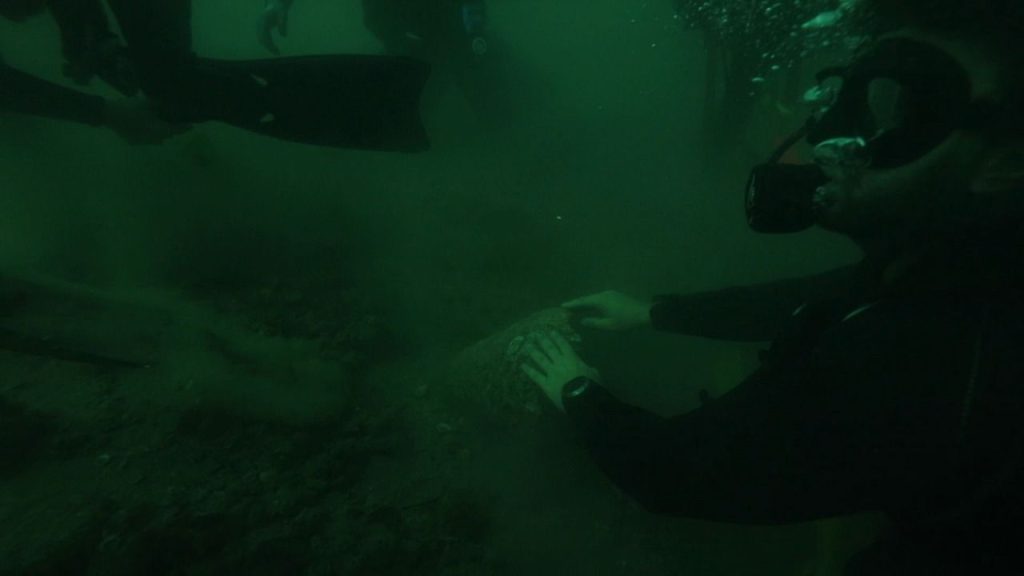
In the region, under the presidency of the Yalova Museum Directorate of the Ministry of Culture and Tourism, a study was initiated with the scientific coordination of Associate Professor Dr. Serkan Gündüz, who is the head of the Underwater Archaeology Department at Bursa Uludağ University. Underwater detection and examination studies were conducted with the participation of experts from the Kocaeli Regional Board for Cultural Heritage Preservation and maritime police divers.
📣 Our WhatsApp channel is now LIVE! Stay up-to-date with the latest news and updates, just click here to follow us on WhatsApp and never miss a thing!!
During the studies carried out in the area called Yalova Gazi 1 Shipwreck; In addition to amphorae used to store fish, oil, olives, and dry food at 10 different points under 12 meters of water, wooden pieces and ballast stones used in ships were also retrieved from the sea.

It was stated that the amphorae were in the form of Ganos type 1 and were used extensively in trade between the 9th and 13th centuries AD. The historical artifacts unearthed from the Yalova Gazi 1 Shipwreck, which is considered to be 1,700 years old, were brought to the Yalova Police Marine Port Branch Office.
Gökhan Çağlardere, Yalova Police Marine Port Branch Manager, stated that they had come across various objects during training dives before, they found the remains of an ancient harbor and pier, and archaeological studies were carried out there.

Çağlardere, “During our last training dive a month ago, our divers saw 1-2 objects and they suggested detailed research. Later, when we dived together, we encountered a structure underwater. We informed the relevant institutions. When diving again later, it was confirmed that there was a shipwreck here,” he said.



